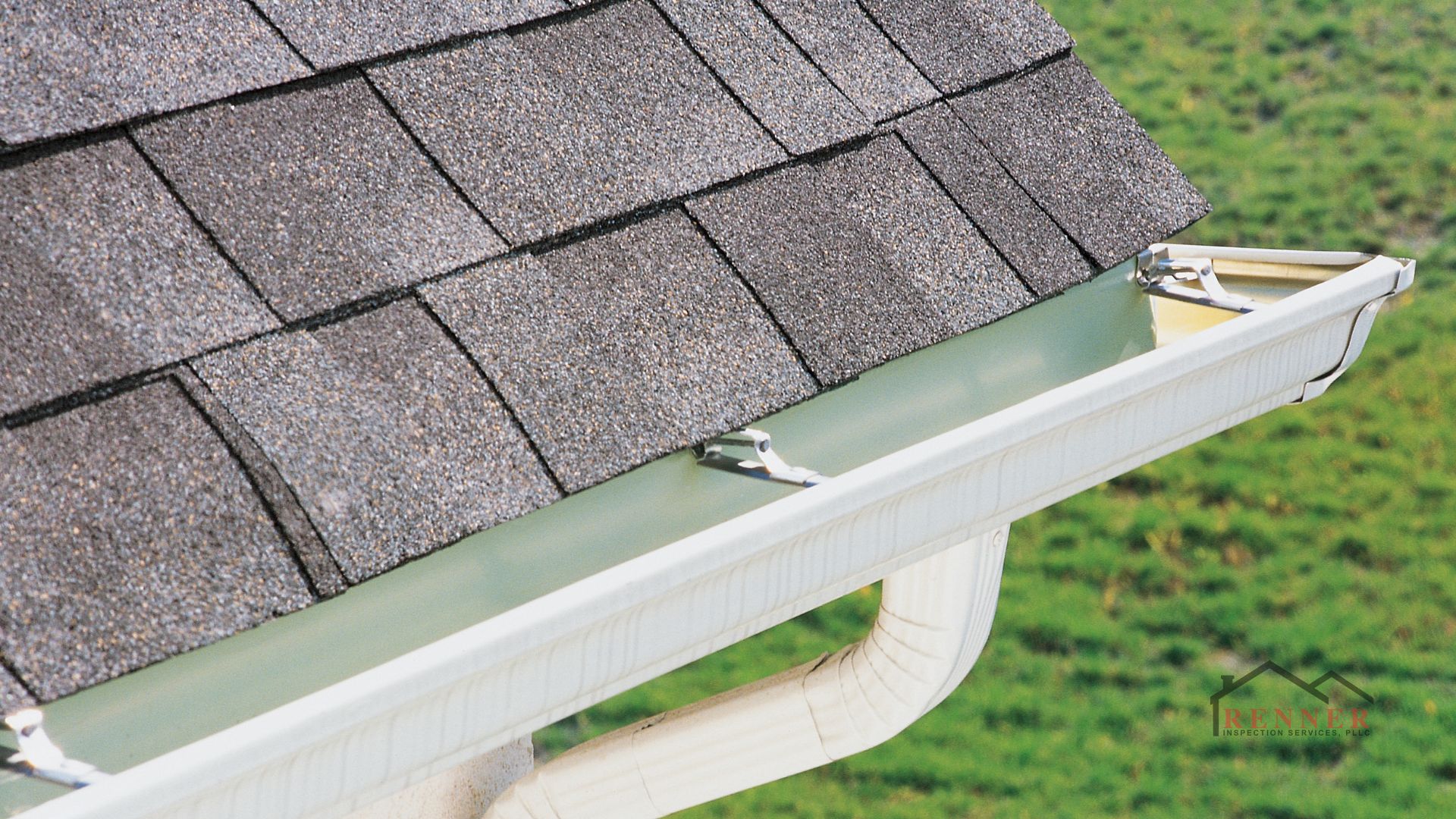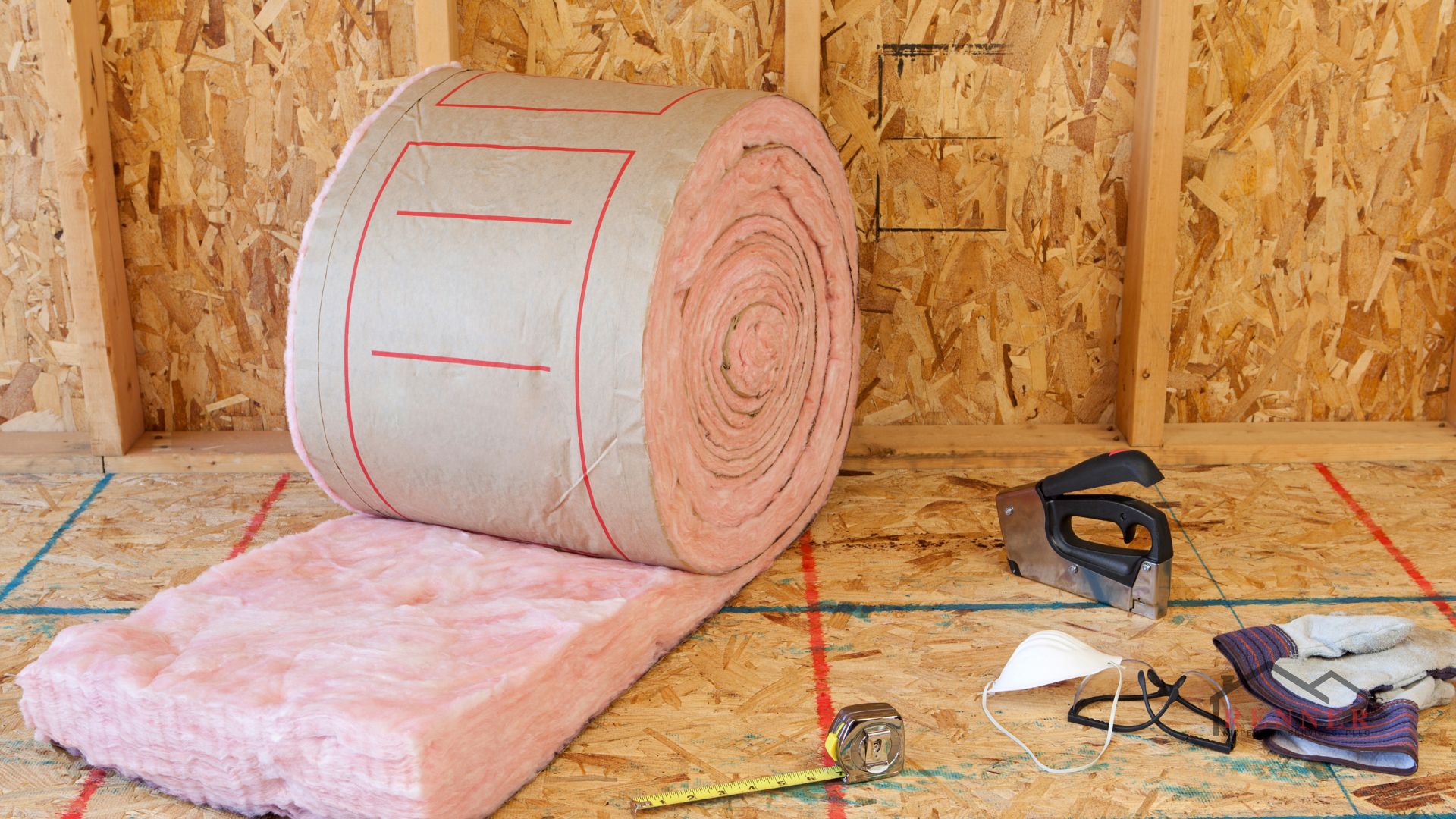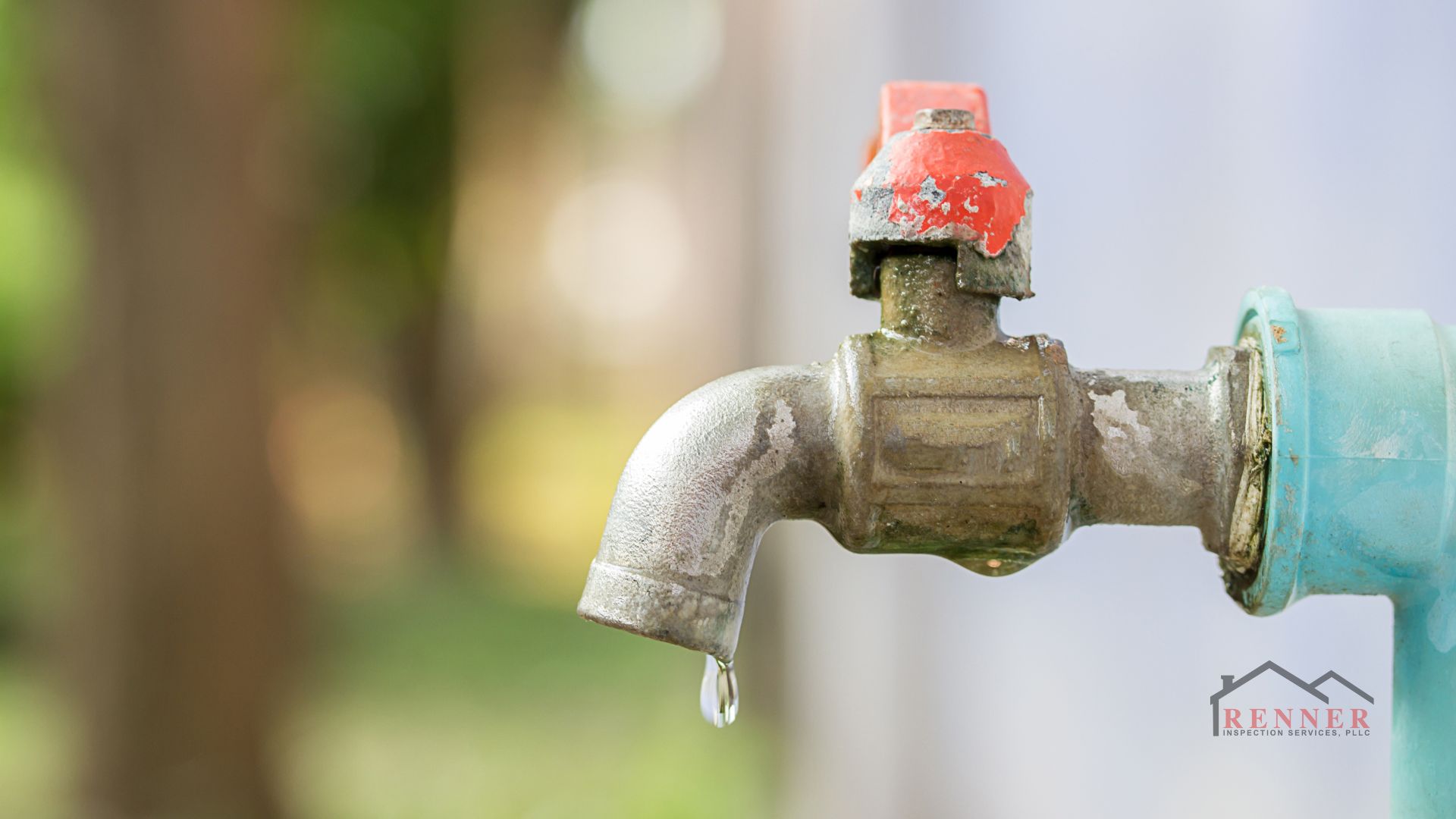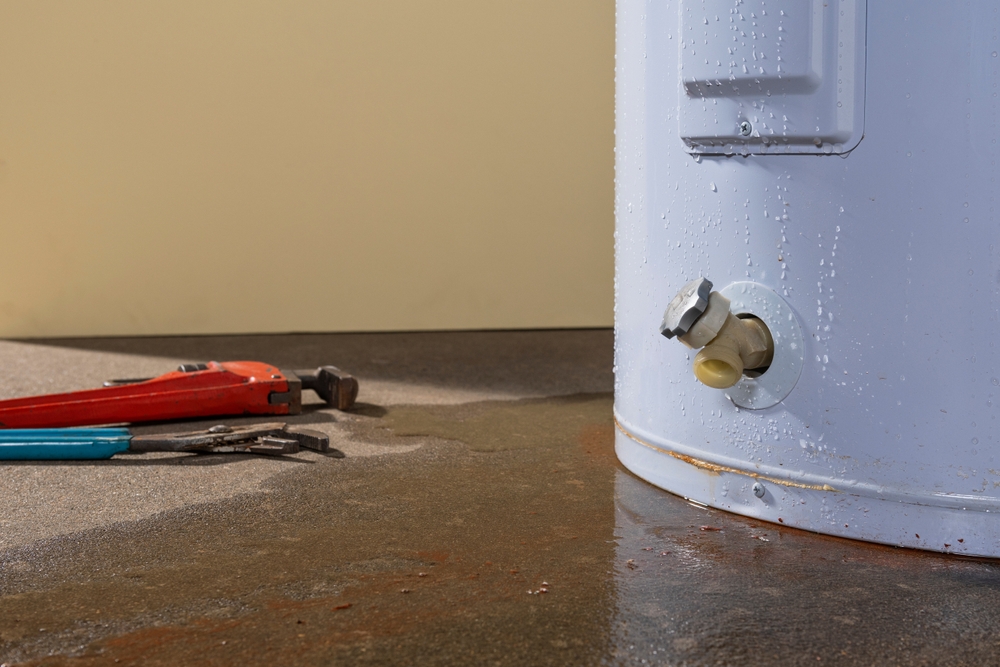(325) 829-0146
How to Prepare Your Roof and Gutters for Winter Weather
Return To Blogs

When it comes to protecting your home during the winter, your roof and gutters are the first line of defense against snow, ice, and freezing temperatures. Neglecting proper maintenance can lead to significant problems such as ice dams, leaks, and even structural damage. Taking the time to winterize your roof and gutters before the cold weather hits can save you from costly repairs and ensure your home remains safe and dry all season long.
In this blog, we’ll cover the most important steps you can take to prepare your roof and gutters for the winter months.
1. Inspect and Repair Your Roof
Before winter arrives, it’s crucial to thoroughly inspect your roof for any signs of damage. Even small issues, like cracked or missing shingles, can lead to serious problems when snow and ice accumulate. A weakened roof can allow water to seep in, leading to leaks, mold growth, and structural damage.
Roof Inspection Checklist:
- Check for damaged or missing shingles. Replace any that are cracked, curled, or missing to prevent leaks.
- Inspect for signs of wear and tear. Look for sagging areas, holes, or visible water damage.
- Examine the flashing. Make sure the metal flashing around chimneys, vents, and skylights is secure and free of rust or gaps.
- Look for moss or algae growth. These can indicate moisture retention, which can cause damage to your shingles.
If you’re uncomfortable inspecting the roof yourself, it’s a good idea to hire a professional roofer to conduct a thorough assessment. Addressing any repairs before winter hits will keep your roof in top condition and ready to handle harsh weather.
2. Clean and Clear Your Gutters
Gutters play a vital role in directing water away from your home. If they’re clogged with leaves, debris, or ice, water can back up and seep under your roof or into your foundation, leading to water damage, mold, and ice dams. Ice dams occur when snow on the roof melts and refreezes at the edges, preventing proper drainage and causing water to back up under the shingles.
How to Clean Your Gutters:
- Remove leaves and debris. Use a gutter scoop or your hands (with gloves) to clear out leaves, twigs, and any buildup that may be blocking the flow of water.
- Flush the gutters with water. After removing debris, use a garden hose to flush the gutters and downspouts to ensure water flows freely.
- Inspect the downspouts. Make sure they are properly connected and direct water at least 5-10 feet away from the foundation.
Consider installing gutter guards to prevent debris from accumulating and reducing the need for frequent cleanings. By keeping your gutters clean and functional, you’ll reduce the risk of water damage and ice dams.
3. Trim Overhanging Tree Branches
One often overlooked aspect of preparing your roof for winter is trimming any overhanging tree branches. During heavy snowfalls or ice storms, branches can break and fall onto your roof, causing significant damage. Trimming them back before winter can help protect both your roof and your gutters from falling debris.
Tips for Trimming Tree Branches:
- Remove any dead or diseased branches. These are more likely to break during a storm.
- Cut back branches that hang over your roof. Ensure there’s enough clearance so snow or ice doesn’t accumulate and break them off.
- Keep branches at least 10 feet away from your home. This helps prevent damage and reduces the risk of critters like squirrels or raccoons accessing your roof.
Proper tree maintenance not only protects your roof but also reduces the likelihood of clogged gutters from falling leaves and branches.
4. Insulate Your Attic
One of the best ways to prevent ice dams and protect your roof is by ensuring that your attic is properly insulated. Poor insulation can cause warm air to escape into the attic, melting the snow on your roof. When this water runs to the colder edges of the roof, it refreezes, creating ice dams.
Attic Insulation Tips:
- Check the insulation levels. Make sure you have adequate insulation in your attic to prevent heat loss. The recommended R-value (insulation’s resistance to heat flow) for attics in colder climates is between R-49 and R-60.
- Seal air leaks. Look for any gaps or cracks in your attic floor, around vents, or near electrical wiring where warm air might escape, and seal them with caulk or spray foam.
- Ensure proper ventilation. Your attic should have proper airflow to regulate the temperature and prevent moisture buildup.
By maintaining a cold roof through proper insulation and ventilation, you can prevent ice dams from forming and protect your roof from winter damage.
5. Install Roof Heat Cables (Optional)
For homes in areas prone to heavy snow and ice, installing roof heat cables can be an effective way to prevent ice dams. These cables are installed along the edges of your roof and in gutters to melt snow and ice, ensuring proper drainage.
How Roof Heat Cables Work:
- Prevents ice buildup. Heat cables warm up the roof’s edges, keeping the snow from refreezing.
- Ensures proper water flow. They help melt ice in gutters and downspouts to prevent clogs.
- Easy installation. While some homeowners can install heat cables themselves, it’s recommended to hire a professional for best results.
Though not necessary for every home, roof heat cables are an additional safeguard that can help prevent winter roof damage in areas with heavy snowfall.
6. Schedule Regular Maintenance
Even after you’ve winterized your roof and gutters, it’s important to schedule regular maintenance throughout the season. Winter weather can be unpredictable, and heavy snow or ice buildup can cause damage even after you’ve taken preventative steps.
Winter Roof Maintenance Tips:
- Clear snow buildup. Use a roof rake to carefully remove snow after heavy snowfall, especially if it accumulates more than 6 inches. Be cautious to avoid damaging the shingles.
- Inspect gutters after storms. Check your gutters after any major storm to ensure they remain clear of ice and debris.
- Monitor for leaks. Keep an eye on your ceilings and attic for any signs of water leaks, especially after a thaw or heavy rain.
Regularly inspecting your roof and gutters during winter can help catch small issues before they become major problems.
Taking these proactive steps to prepare your roof and gutters for winter can help prevent costly damage and ensure your home stays protected throughout the cold months. By inspecting, repairing, and maintaining your roof and gutters, you’ll be ready to face winter’s challenges head-on, keeping your home safe and secure.
Recent Blogs

Winter-Proofing Your Home’s Insulation and Ventilation: What You Need to Know
Oct. 17, 2024
Essential Winterization Tips for Protecting Your Home’s Plumbing System
Oct. 03, 2024
Comprehensive Guide to Proper House Maintenance: Keep Your Home in Top Shape
Sep. 26, 2024
A Comprehensive Guide to Water Heaters: Selection, Maintenance, and Efficiency Tips
Sep. 19, 2024
